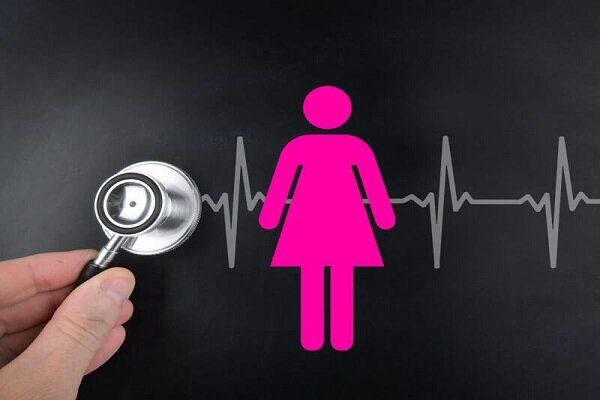Life expectancy reaches 78 years for Iranian women

TEHRAN – In the past four decades, women’s life expectancy has increased from 54 years to 78 years, Malihe Kianfar, an official with the health ministry, has announced.
According to a survey conducted in the calendar year 1399 (2020 - 2021), ischaemic heart diseases (caused by narrowed heart arteries that supply blood to the heart muscle), heart attack, stroke, and diseases associated with high blood pressure and diabetes, as well as breast cancer are among the top 20 leading causes of death among women, Mehr news agency quoted Kianfar as saying.
Despite the increase in women’s life expectancy, there are still significant challenges regarding chronic disease and lack of self-care. Raising awareness and promoting social support are essential steps to further boost women’s health, she added.
The latest edition of the World Health Statistics released in May by the World Health Organization (WHO) reveals that the COVID-19 pandemic reversed the trend of steady gain in life expectancy at birth and healthy life expectancy at birth (HALE).
The pandemic wiped out nearly a decade of progress in improving life expectancy within just two years. Between 2019 and 2021, global life expectancy dropped by 1.8 years to 71.4 years (back to the level of 2012). Similarly, global healthy life expectancy dropped by 1.5 years to 61.9 years in 2021 (back to the level of 2012).
Improved literacy rate
According to the latest statistics, education space per student in Iran has increased from 5.17 square meters in the calendar year 1396 (2017-2018) to 5.28 square meters in the year 1402 (2023 – 2024).
The literacy rate, as well, has increased from 87.9 percent in 1396 to 90.7 percent in 1402, IRNA reported.
In the mentioned six-year period, the ratio of resilient classrooms improved from 0.64 to 0.82, sport space per student grew from 0.17 to 0.20, and the ratio of classrooms equipped with cooling and heating systems rose from 0.48 to 0.68.
The literacy rate has improved in urban areas as well as rural areas. From 1396 to 1402, the literacy rate among men and women amounted to 93.9 percent and 87.4 percent, respectively.
The literacy rate in urban areas was announced to be 92.8 percent, males had a literacy of 95.4 percent and females had a literacy rate of 90.2 percent.
In rural areas, the literacy rate reached 83.5 percent. Men accounted for 88.8 percent and women for 78.3 percent of the figure.
Moreover, the number of out-of-school students in primary, secondary, and high school lowered from 2.17, 6.71, and 18.19 percent in 1396 to 2.10, 5.23, and 16.12 percent in 1402, respectively.
Per capita education space extended
In June, former Education Minister Reza-Morad Sahraei said “Per capita education space has extended to five meters and 35 cm as eight schools were constructed on a daily basis on average, ISNA reported.
Also, some 2,700 sports and educational spaces have been built in the same period, the official stressed.
In August 2023, the Organization for Development, Renovation, and Equipment of Schools announced that the number of newly built schools across the country has increased by 104 percent over the past two years.
Literacy growth rate in Iran 2.5 times the world average
In the past four decades, the growth of literacy in the world has been about 18 percent, while in the same period, this figure in Iran has been 50 percent, IRNA reported.
In the past four decades, the growth of literacy in the world has been about 18 percent, while in the same period, this figure in Iran has been 50 percent, IRNA reported.
Nearly one year after the 1979 Islamic Revolution, the Literacy Movement Organization was established by the order of Imam Khomeini with the aim of eradicating illiteracy.
At that time more than half of Iran's population, over the age of six, was illiterate. Now, Iran is on the verge of removing illiteracy.
To improve the literacy rate in the country, the Literacy Movement Organization has taken several measures.
“In line with the development plans of the Literacy Movement Organization to accelerate the literacy movement in the country, it has been decided to select 10 prioritized provinces of the country as pilots to implement the project,” ISNA quoted Borouji, an official with the Literacy Movement Organization, as saying.
The Literacy Movement Organization also plans to benefit from the capacity of students to improve the country’s literacy rate in the near future.
“In an effort to promote literacy and make illiterates more interested in learning, we will engage students and leverage their capabilities and knowledge in tackling illiteracy,” Pana quoted Borouji as saying.
MT/MG
